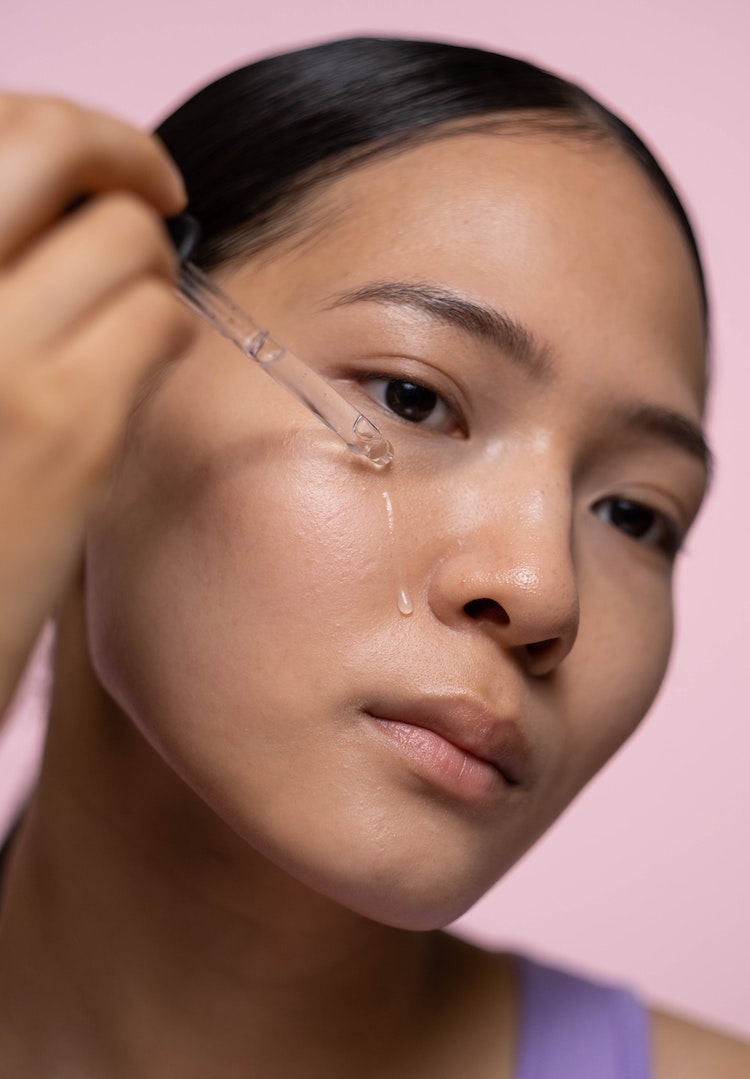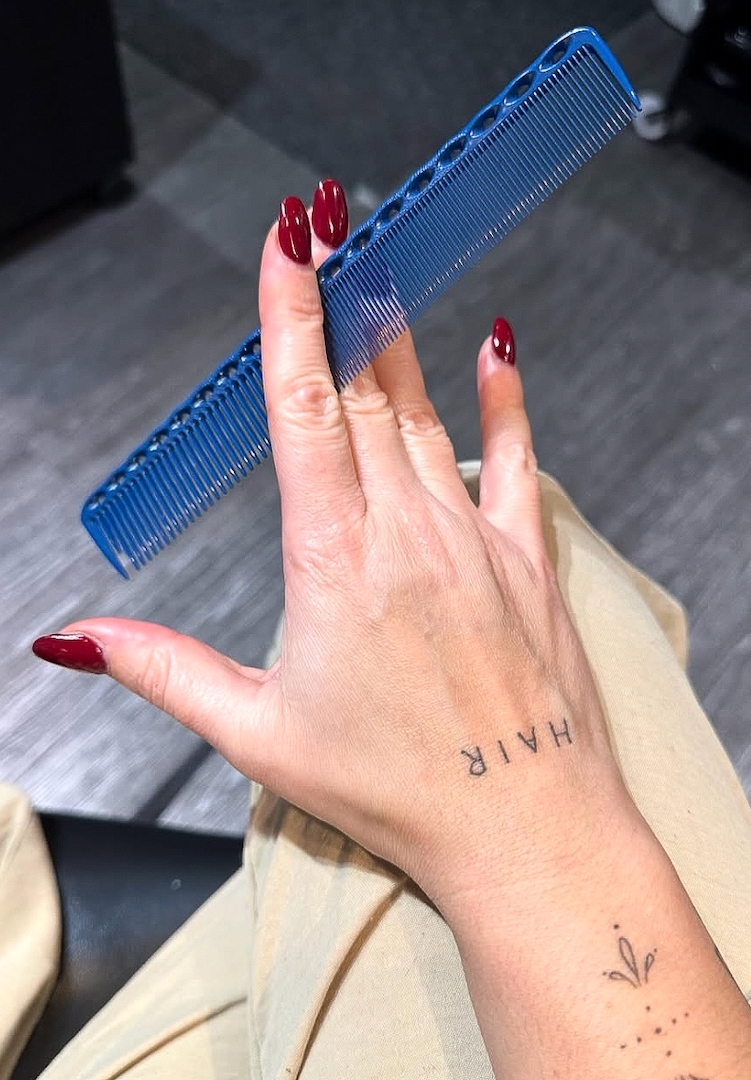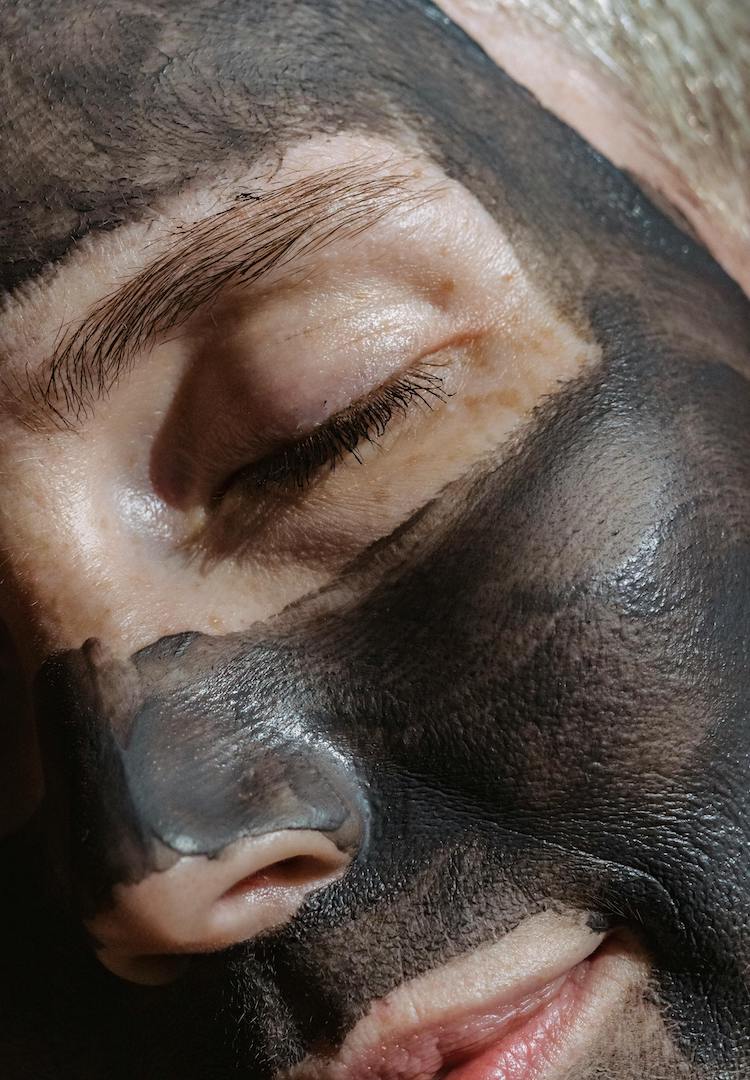A cosmetic doctor’s guide to incorporating vitamin C into your skincare routine
WORDS BY EMMA ROBERTS
Get glowing.
Whether you make a daily skin smoothie or are just beginning to build your routine, skincare products can feel very personal. We live in an age obsessed with the preservation of youth. An age where, in the pursuit of the skin of our dreams, we’re using unconventional ingredients like bee venom and fish scales without hesitancy.
But among the weird and wacky beauty trends, one component has remained popular in our skincare routines. It’s an ingredient certified dermatologists have long-regarded as a wonder treatment for glowing, nourished skin (not just the TikTok ‘skincare experts’).
We like nosy people. Don’t be shy, head to our Beauty section for more.
Vitamin C is often described as a skincare essential, even in the most simple routines. Dr Prasanthi Purusothaman, General Practitioner and Cosmetic Doctor at Australian skincare brand Software, helps us understand the importance of vitamin C below. Read on for tips on how to safely navigate implementing the ingredient into your skincare routine.
What is vitamin C and why should we be using it?
At its core, vitamin C is an antioxidant that helps to neutralise free radicals and brighten the skin. So why do we want to neutralise free radicals? In simple terms, free radicals are unstable molecules that trigger chemical changes in our bodies, a change called oxidation. Oxidation results in skin impairment and aging, hyperpigmentation and redness – all common skin concerns that are regularly presented to dermatologists.
With consistent use, vitamin C can protect from UV damage and create an even complexion. It also helps to reduce the appearance and worsening of fine lines and wrinkles. Dr Prasanthi explains that “it stimulates fibroblasts, a cell in the skin responsible for producing collagen for bouncier, firmer skin” and is an active anti-ager because it decreases matrix metalloproteinases (a group of enzymes responsible for breaking down proteins like collagen).
What should we look for when choosing a vitamin C product?
Dr Prasanthi recognises that the skincare market is extremely saturated, making it difficult for us to choose products we can guarantee will be effective. She says the right product begins in the formulation.
View this post on Instagram
“There are different types of vitamin C on the market. Its pure form and the most studied form is known as L-ascorbic acid, but many vitamin C esters exist including magnesium ascorbyl phosphate, tetrahexyldecyl ascorbate, sodium ascorbyl phosphate, ascorbyl glucoside [and] 3-O ethyl ascorbic acid. Generally speaking, pure vitamin C is known to be the most effective form, and works best for touted benefits at a potency between 10 and 20 per cent.”
How should we be applying vitamin C?
Introducing any new product to your skincare regime has the potential to cause irritation or skin sensitivity. Dr Prasanthi suggests following a more conservative approach in the beginning to avoid this. She explains this will not limit its efficacy because of its ability to act as a reservoir.
“Using it once a day with a day of rest is sufficient as it will have an effect on your skin for up to 24 to 48 hours. If tolerated well, you can up usage one morning a week each subsequent week, until you are using it daily. Vitamin C should be incorporated into your morning routine as the first product after cleansing. Follow with a moisturiser and a sunscreen of your choice,” Dr Prasanthi explains.
“It is important, generally speaking, not to mix vitamin C with other acids like AHAs (lactic, glycolic, mandelic, etc) and BHAs (salicylic acid), as this can cause excessive irritation. You should also avoid using vitamin C with benzoyl peroxide as the interaction can oxidise it, rendering it ineffective.”
What to consider when buying over-the-counter vitamin C products
Despite the endless list of benefits, potentially vitamin C’s only downfall is its instability. “It’s very reactive and easily loses its antioxidant properties when exposed to sun, air, heat and other chemicals,” Dr Prasanthi says.
“To prevent it from oxidising and deactivating, a pure vitamin C product should come in airtight, solid packaging (no clear bottles) and be stored in a cool, dark environment away from direct sunlight. If your product has turned brown, the formula has oxidised and is no longer effective.
“Another thing to look for is L-ascorbic acid combined with vitamin E or other antioxidants like ferulic acid, which improve both the absorption, function and stability of the L-ascorbic acid.”
For more on vitamin C, head here.













